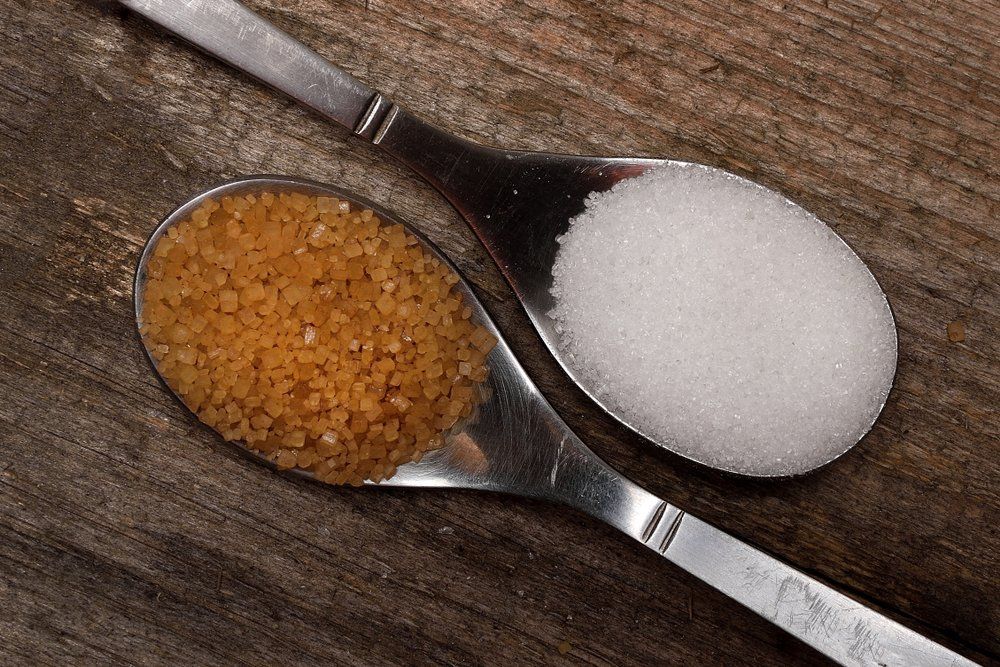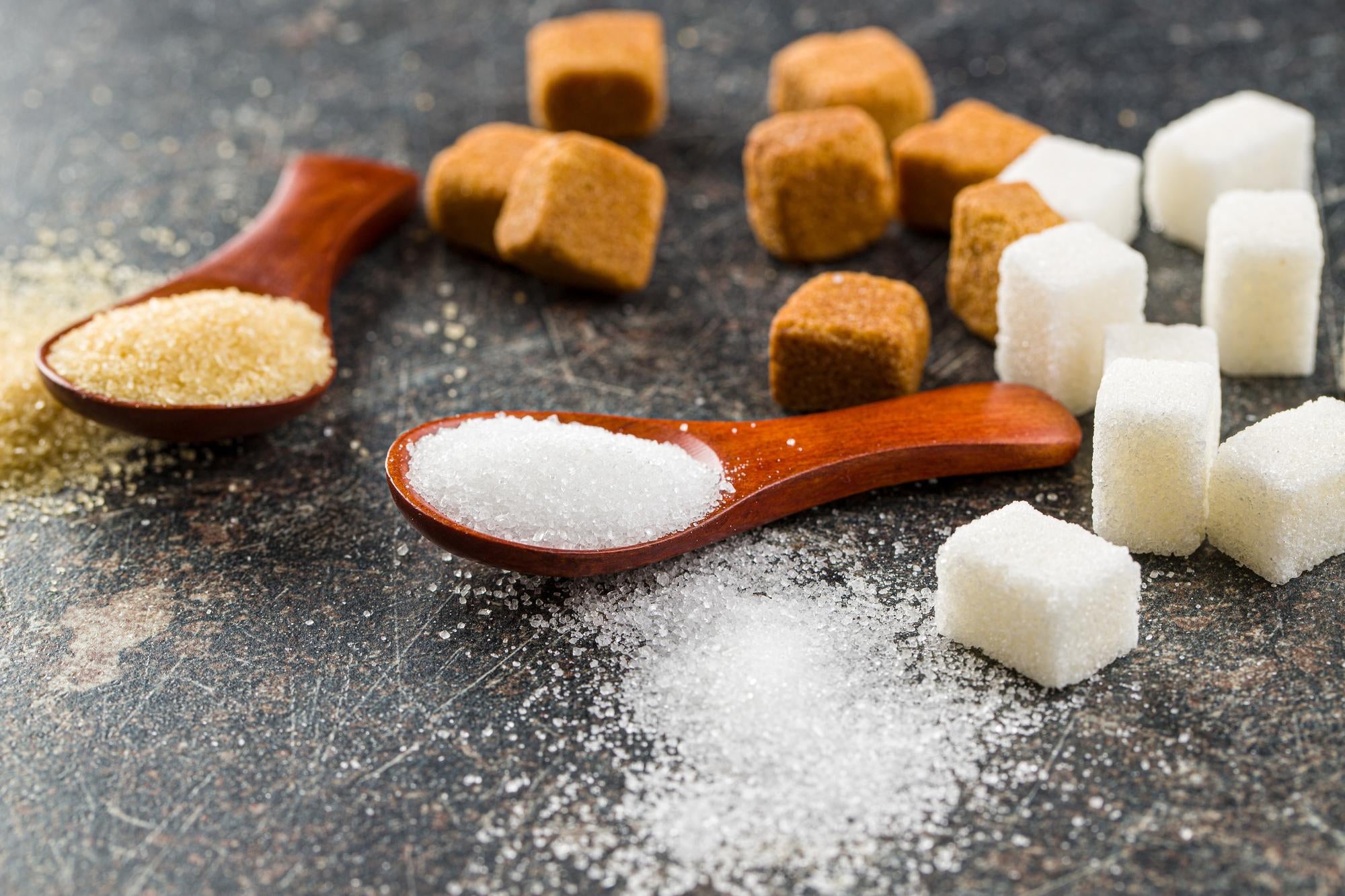Beet Sugar vs Cane Sugar: Comparing the Production of Sugar Crystals
Wiki Article
Beet Sugar vs. Cane Sugar: Trick Differences You Should Know
The difference between beet sugar and cane sugar expands past their similar chemical make-ups; it incorporates their origins, manufacturing techniques, and potential health and wellness ramifications. While both kinds of sugar offer as typical sugar, their divergent backgrounds-- beet sugar arising in 19th century Europe and cane sugar tracing back to ancient Southeast Asia-- set the stage for a deeper exploration of their manufacturing and dietary accounts.Origins of Beet Sugar
Although beet sugar has ended up being a significant player in the worldwide sugar market, its beginnings can be mapped back to the very early 19th century when European researchers started exploring different sources of sugar. The turning point occurred in 1801 when German drug store Andreas Marggraf determined sugar in the white beet, a discovery that prepared for subsequent research study and commercial applications.The process of refining beet sugar was additional progressed by his trainee, Franz Karl Achard, who established the first beet sugar manufacturing facility in Prussia in 1806. This technology accompanied the Napoleonic Battles, throughout which profession interruptions caused an increased demand for domestic sugar manufacturing in Europe. beet sugar vs cane sugar. Because of this, beet sugar got grip, specifically in countries like France and Germany

Origins of Cane Sugar
Cane sugar, originated from the sugarcane plant, has an abundant history that goes back thousands of years, mostly in tropical areas where the plant flourishes. The earliest proof of sugarcane growing can be mapped to New Guinea and Southeast Asia around 8,000 BCE. From these origins, expertise of sugarcane spread to India, where it was first refined into crystallized sugar by the 5th century CE.
As profession routes established, sugarcane got to Persia, the Mediterranean, and eventually Europe, where it was at first considered a high-end thing. The development of sugar production happened throughout the Islamic Golden Age, which helped with the transfer of farming strategies and advancements. By the 15th century, the demand for sugar rose, triggering European countries to develop plantations in the Caribbean and South America.
This shift not only transformed the agricultural landscape of these areas yet also had significant socio-economic ramifications, consisting of the dependence on shackled labor. Cane sugar, when an unusual product, came to be a staple in diet plans worldwide, laying the structure for the international sugar sector we identify today. Recognizing its beginnings is important for appreciating cane sugar's effect on culinary customs and economic situations.
Manufacturing Processes
The production processes for both beet sugar and cane sugar entail numerous essential actions that change basic materials into the crystalline sweeteners typically used today. For beet sugar, the procedure starts with gathering sugar beetss, which are after that cleaned and cut into thin cossettes. These cossettes are subjected to hot water removal, permitting the sugar to liquify. The resulting juice undertakes filtration, commonly entailing lime and co2 therapy to remove impurities. The clarified juice is after that concentrated via dissipation, and read more condensation occurs as the syrup cools down. The sugar crystals are divided from the molasses and dried.In contrast, cane sugar production begins with the harvesting of sugarcane, which is crushed to remove the juice. While both share resemblances, the source product and certain approaches result in distinctive features for beet and cane sugars, influencing the preferences of customers and makers alike.
Nutritional Comparison
When comparing the dietary accounts of beet sugar and cane sugar, it is necessary to acknowledge that both sugar are largely composed of sucrose, resulting in similar power web content and caloric values (beet sugar vs cane sugar). Both kinds of sugar normally have about 4 calories per gram, making them comparable in regards to power stipulationIn addition to sucrose, both beet and cane sugars contain trace amounts of minerals and vitamins; nonetheless, these quantities are negligible and do not dramatically add to day-to-day nutritional requirements. Both might consist of minute degrees of calcium, magnesium, and potassium, but these are not existing in adequate amounts to offer any significant wellness benefits.
Moreover, the absence of fiber in both sorts of sugar emphasizes their function as pure sweeteners instead of resources of nutrition. beet sugar vs cane sugar. While they may provide a fast source of power, their absence of crucial nutrients highlights the value of moderation in intake
Eventually, from a purely dietary viewpoint, beet sugar and cane sugar are essentially identical, making the choice in between both click mostly reliant on variables such as taste preference, availability, and ecological factors to consider.
Health Effects
While beet sugar and cane sugar share comparable nutritional profiles, their wellness effects necessitate factor to consider beyond simple composition. Both sugars are mainly made up of sucrose, which can cause similar article source metabolic effects; too much consumption can add to obesity, diabetes, and heart diseases. The source and manufacturing processes of these sugars may affect their general wellness effect.Beet sugar is usually created using controversial chemicals, such as phosphoric acid, which may leave trace deposits. In contrast, cane sugar undergoes a much more typical refining process, which has a tendency to be much less chemical-intensive. The existence of these deposits in beet sugar could increase worries for delicate populations or those seeking to lessen chemical exposure.

Additionally, the growing techniques of sugar beetss and sugar cane may differ, with the former commonly entailing more intensive farming practices that can impact dirt wellness and biodiversity. This agricultural context may influence the wider wellness ramifications of sugar intake on a population degree.
Eventually, while both beet and cane sugars offer comparable duties in the diet plan, customers need to think about the subtleties of production and sourcing when making informed choices about their sugar intake.
Conclusion

While both types of sugar offer as common sweeteners, their different histories-- beet sugar arising in 19th century Europe and cane sugar tracing back to old Southeast Asia-- set the phase for a deeper expedition of their production and nutritional accounts.The procedure of refining beet sugar was further progressed by his trainee, Franz Karl Achard, that established the initial beet sugar manufacturing facility in Prussia in 1806.The production for both beet sugar and cane sugar entail a number of vital actions that transform raw materials right into the crystalline sweeteners commonly utilized today. For beet sugar, the procedure begins with collecting sugar beetss, which are then cleaned and cut into thin cossettes. The extraction refines even more identify the 2, with beet sugar using warm water removal and cane sugar entailing squashing.
Report this wiki page